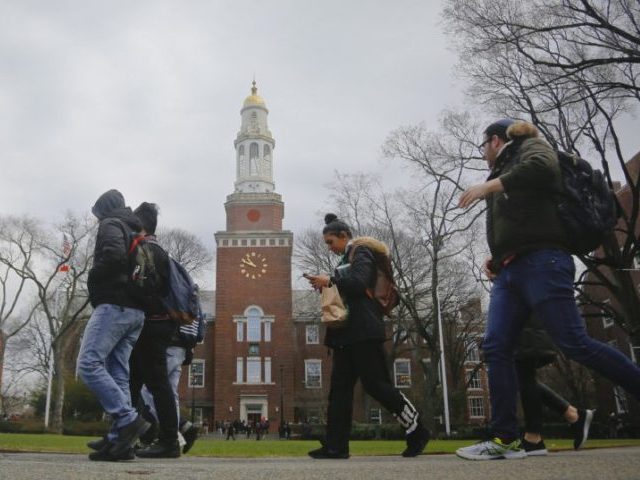At top colleges around the country, over 20 percent of incoming freshmen claim to be disabled.
22 percent at Pomona College in California. 18 percent at Pitzer College in California, Vassar College in New York, Reed College in Oregon, and Mount Holyoke in Massachusetts. 14 percent at Stanford Universty. These are the percentage of students who considered themselves disabled at top universities around the country. That means that almost one in five students in every classroom is classified as disabled by school officials.
Jan Collins-Eaglin, the Claremont consortium’s associate dean of students for personal success and wellness, says that anxiety and stress are likely behind the increase in the number of “disabled” students. “At Pomona, we have extremely talented bright students with very high expectations who are coming in with a good level of anxiety and are highly stressed,” she said in a comment to the Wall Street Journal. “Our job here is to help them really thrive.”
Despite the increase in the number of students that identify as “disabled,” top school officials say that the rigor of the curriculum hasn’t changed. Jodi Foley, the director of accessibility services at Amherst College, says that Amherst has only continued to strengthen its academic program as more and more students report mental health and anxiety issues. “The academic profile of Amherst’s student population continues to increase as it continues to diversify.”
Others, still, are upset at some advantages given to students who face certain types of anxiety. Some students who experience panic attacks received special accommodations during SAT exams. Some were offered special “distraction-free” environment. Others were offered additional time to complete the exam.
Miriam Kurtzig Freedman, an attorney who writes about accommodations for standardized tests, says that certain accommodations defeat the purpose of such tests. “The reason we pay all this money for the test is so that we can compare someone from South Dakota to someone from California,” she explained. “If the test is no longer standardized, then what are we paying for?”

COMMENTS
Please let us know if you're having issues with commenting.